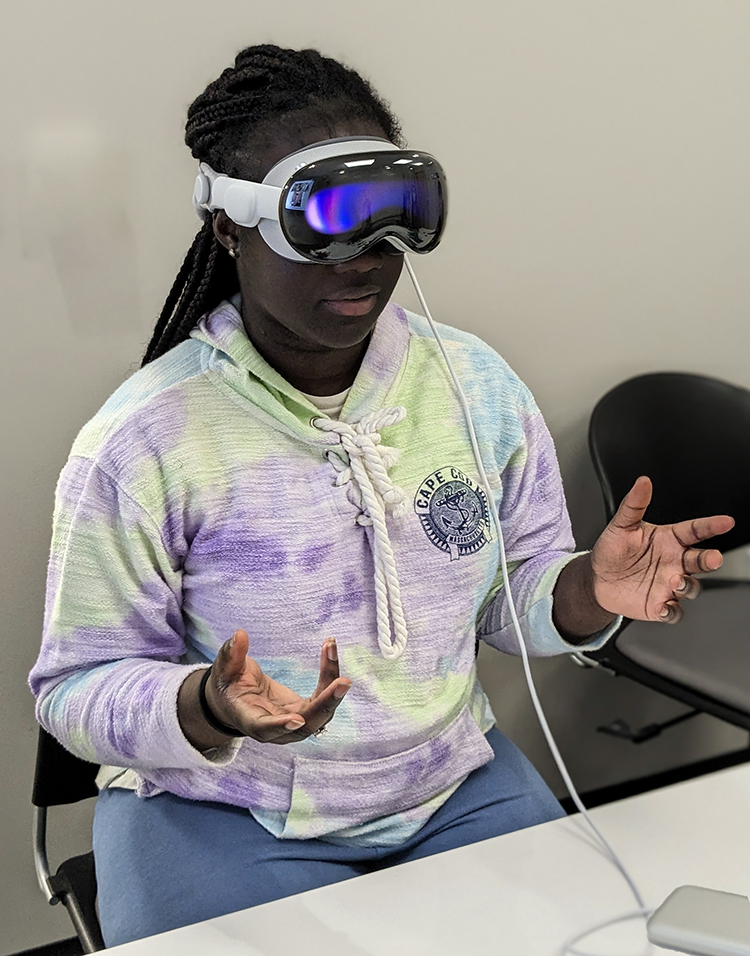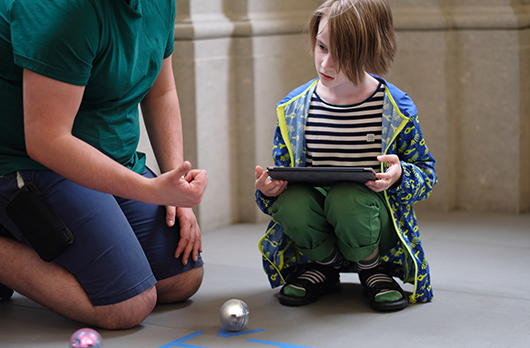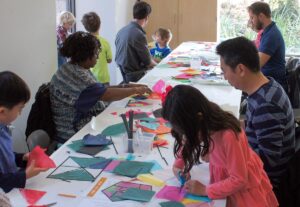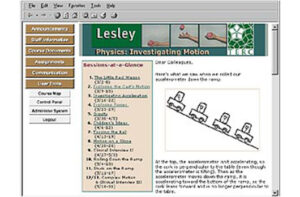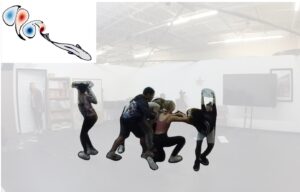The impact of visual and auditory distractions on the performance of neurodiverse students in virtual reality (VR) environments
Ibrahim Dahlstrom-Hakki, Zachary Alstad, Jodi Asbell-Clarke, Teon Edwards
Dahlstrom-Hakki, I., Alstad, Z., Asbell-Clarke, J. et al. The impact of visual and auditory distractions on the performance of neurodiverse students in virtual reality (VR) environments. Virtual Reality 28, 29 (2024). https://doi.org/10.1007/s10055-023-00933-6
Abstract
Ambient environmental stimuli may impact how a student is or is not able to apply themselves in cognitive and educational tasks. For neurodivergent learners, these barriers can be compounded as they may be more likely to attend to task-irrelevant ambient noise. The affordances of new systems, such as virtual reality (VR), could be useful for allowing neurodivergent students more deliberate control over what information they experience and what information they do not. This study seeks to explore the dynamics of attention in VR environments. To address this, participants were asked to perform a number of visual search tasks in VR to assess the impact of both visual and auditory distractions on speed and accuracy markers. Results indicate a differential impact of background noise on the performance of neurotypical and neurodivergent participants. Potential benefits to neurodiverse populations and design recommendations in this emerging space are discussed.

Related People:
Ibrahim Dahlstrom-Hakki, Zac Alstad, Jodi Asbell-Clarke, and Teon Edwards



